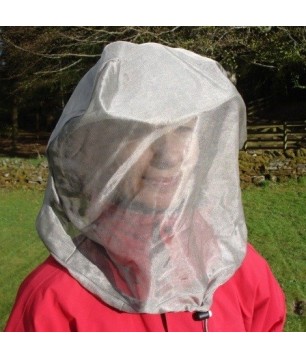Decreasing RF-EMF Exposure in Children

When your child is less than the age of 10, you might be concerned about their exposure radiation. If so, keep reading to find out about the risks and benefits of limiting exposure RF radiation. It's essential to keep your child's health in mind. A small change in lifestyle can go a long way.
Exposure to radiofrequency (RF) in children
The Dutch ABCD Study and the Spanish INMA Project involved two groups of children as well as their families. The study populations collected information about the use of screen devices and determined the total exposure to RF-EMF. These exposure amounts were determined by a combination exposure algorithm that took into account all factors that may impact the exposure of a child. The subjects in the study also took validated cognitive tests to measure verbal and non-verbal IQ as well as working memory, attention, task switching as well as cold executive function. visuomotor coordination and processing speed.

The study assessed the environmental RF-EMF exposure of 529 children from five European countries. The levels of exposure measured by the children ranged from 87.5 MHz to six GHz. The children were wearing handheld "experimenters" that monitored their exposures while playing outdoors as well as using handheld devices. They were also asked to complete questionnaires and activity diaries to track how much time they spent using their handheld devices.
Overall exposure to RF-EMF was low, and ranged from 0.13 percent to 0.92 percent in the range of ICNIRP's reference level per second. The study participants were also less likely to make use of smartphones than adult users, and a majority using them at a minimum of five minutes during the afternoon hours.
The FCC set limits on the RF radiation levels that children must be exposed to in everyday environments. However, the limit was set over 25 years ago. As such, the FCC must consider recent research findings and modify its limits to safeguard children's health. The limits of exposure to RF should be lower than Federal limit, which is 0.4 milliwatts per kilogram.
Proteck'd Clothing to RFs is largely determined by the torso and abdominal region. It is recommended that the ICNIRP guidelines should specify the exposure limits for various body parts of children. They should also publish a safety margin for each area. This is not the only data that should be included in the research.
